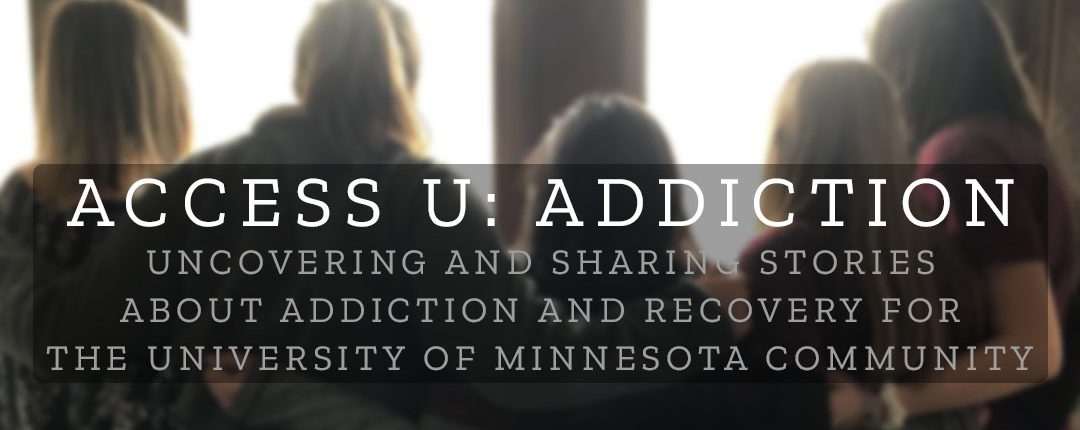 While resources for students in recovery are available in and around the University of Minnesota, students in treatment face atypical challenges while trying to balance school work.
While resources for students in recovery are available in and around the University of Minnesota, students in treatment face atypical challenges while trying to balance school work.
By Lemika Fondren
Concerned about your or your friend’s use of drugs or alcohol?
The good news is that the University has some resources to help. The bad news? Some students might not be able to tackle their problem and stay in school seamlessly.
Boynton Health Services does offer a first line of defense for a student struggle with substance abuse.
For a student battling addiction, a first stop may be the Mental Health Clinic on East Bank of the campus. Licensed alcohol and drug counselors, known as LADCs, are available in person to speak with students. The services provided by the clinic are nothing like those offered at treatment centers, but do provide a good foundation for a student to start making the transition to an actual recovery center.
The Mental Health Clinic offers students the opportunity to take a substance use assessment, a thorough interview and evaluation of a student’s alcohol and drug use. The assessment’s purpose is to make formal recommendations about the possible need for treatment.
Director of training for the Minnesota Center for Chemical and Mental Health, Julie Rohovit, said the assessment is a good starting point to determine the level of concern.
“Is it substance use disorder that is more severe and they might need to engage in detoxification and in-patient care or intensive outpatient care? Do they have a co-occurring mental health issue?” Rohovit said in an email. “From there, depending on the assessment results, the clinician would have suggestions about what to do next and where to go for support or care.”
Once a student’s results are back, that student may be referred to see a medical social worker. Medical social workers help the student figure out the logistics of entering a treatment center.
“They help the students figure out ‘Well where’s the best place for me to go for treatment? It is best to go home and go to treatment? Is it best to be here? Will my insurance cover it?’” said David Golden, director of public health and communications at Boynton.
Once a student hears the news that he or she may have a problem that needs treatment, a place to turn near campus is Fairview Recovery Services, which offers both outpatient and inpatient options near the West Bank Campus. But the likelihood of staying in school is basically nonexistent if someone is going to truly tackle the initial treatment for addiction, say counselors.
“They would have to drop out of school. You couldn’t go to treatment at the same time,” Fairview Licensed Psychotherapist Supervisor Ollie Stocker said.
This is particularly true for inpatient treatment, which involves living in a facility for as long as four weeks. But even for intensive outpatient treatment programs, which can be as much five days a week, the schedule can be demanding.
Stocker said because of how intense treatment is and a student’s demanding coursework, the idea of balancing both is unrealistic.
You might be bringing up some emotional process and painful experiences in group,” he said. “You can’t just do that and then go off to do your math homework.”
Then, once out of initial treatment, a person might have a “step down” phase of outpatient meetings that lend themselves more to re-entering school. Even then, Stocker said, it’s important for addicts to continue to build and sustain relationships.
“Addiction is isolation,” Stocker said. “And recovery is connection.”
